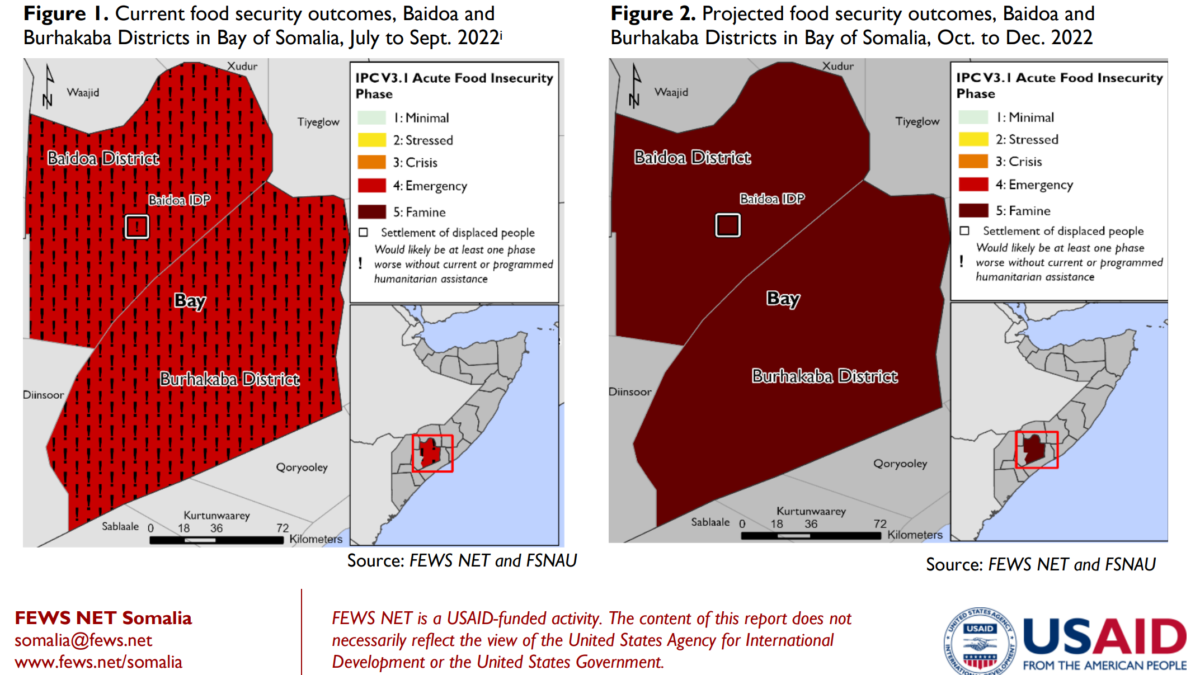For shrinking Mississippi River towns, frequent floods worsen fortunes – “Everybody’s gone. This is a ghost town.”

By Michael Phillis, Jim Salter, and Camille Fassett
11 June 2024
WEST ALTON, Missouri (AP) – Devastating flooding, driven in part by climate change, is taking an especially damaging toll on communities that once thrived along the banks of America’s most storied river.
Flooding has pushed people out of their homes near the Mississippi River at a roughly 30% higher rate than the U.S. as a whole, according to data provided exclusively to The Associated Press by the risk analysis firm First Street. In regions growing slower than many other parts of the country, where towns are struggling with job loss and fewer resources, flooding is accelerating the exodus.
Consider West Alton, Missouri, on a bend of the Mississippi near its meeting with the Missouri River. It had 3,900 people in 1970, Mayor Willie Richter said. That number nosedived to about 570 after big floods in 1973 and 1993. Now, after the 2019 flood, about 360 people remain. All three churches closed. Many of the remaining homes have been raised to keep safe from floodwaters.
The toll weighs on people. When officials this year arrived at a blaze consuming a small home abandoned after the 2019 flood, the suspect said he “burned the house down because he got tired of looking at it,” according to a police report.
Vacant properties invite arson, said Richter, who said four or five abandoned homes have burned since that last big flood.
“People just walk away from them,” Richter said. “The houses are condemned, they either got to be torn down or elevated. This much time has passed, there’s a lot of damage.”
The data from First Street show that while West Alton is an extreme example of flooding’s effect, it’s emblematic of challenges faced by smaller communities in the Midwest and South. Many struggle to keep young people and jobs from leaving. Industries and economic forces that once spread wealth along the river have consolidated and shifted away.

In a peer-reviewed paper published in December, First Street found that flooding drove millions of people in the U.S. from their homes, using modeling that relied on analysis of block-level Census data, flood risk information and other factors. For this story, First Street provided additional data on communities within roughly 100 miles of the Mississippi River from 2000 to 2020. The AP analyzed the data and mapped it to find and report on hard-hit communities.
First Street’s work showed people tend to move to a safer place nearby. But some people leave communities entirely. Older residents are most likely to stay behind. Even in some growing communities, high flood risk constrained that growth.
Many Mississippi River towns formed in the 19th century. Pulp and paper mills, chemical plants, coal operations and the metals industry grew up along the massive river that provided a cheap and easy way to move heavy things, said Colin Wellenkamp, executive director of the Mississippi River Cities and Towns Initiative.
But technology, automation and consolidation changed those industries. Coal consumption dropped. Fewer pulp and paper sites were needed. The national highway system made it easier to bypass towns.

Flooding worsens the fortunes of places already struggling, and some towns thriving a century ago now “are barely standing,” said Patrick Nunnally, a retired lecturer at the University of Minnesota and a Mississippi River expert.
“It sort of chips away at the river culture as people pick up and leave,” said Dean Klinkenberg, who travels the Mississippi River writing guidebooks and histories of the communities.
Jeremy Porter, head of climate implications at First Street, said two types of flooding events tend to drive people to move: Frequent low-level flooding, and shocking events like the floods of 1993 and 2019 that devastate communities.
Climate change is adding to the problem. A warmer atmosphere means big storms can dump more rain and overwhelm sewer systems. And severe river flooding is becoming more common: six of the 10 highest floods on record at St. Louis have come over roughly the last three decades.
And when big rain events hit the Midwest, they can overwhelm small rivers and creeks.

The creek vexing Mark Twain’s birthplace
Bear Creek runs into the Mississippi near downtown Hannibal, Missouri. The city’s historic downtown draws hundreds of thousands of visitors each year, but its population has slowly declined — from 17,757 in 2000 to 17,107 in 2020. Flooding from Bear Creek hasn’t helped.
After years of dealing with floods that crept into downtown and even threatened the small home where young Samuel Clemens, later known to the world as Mark Twain, grew up, the city finally built an $8 million, 34-foot levee in 1992.
The timing was fortunate. In spring 1993, the Mississippi rose fast, and torrential summer rains sent it higher than even the monumental flood of 1973. But downtown stayed dry and open to tourists.
Homes outside the protected area got swamped, though. Much of the flooding was from Bear Creek as the Mississippi backed up into it.
Over the years, silt from the river has worked its way into the creek, clogging storm drains and worsening flash flooding, Mayor Barry Louderman said.
Louderman estimated at least a half-dozen companies that employed a combined 300 to 400 people “are just gone, were never replaced,” due to persistent flooding. First Street’s models show Hannibal would have likely grown over the last two decades if not for flooding. […]https://apnews.com/article/mississippi-river-flooding-population-loss-shrinking-towns-56e825cdda0f57d895cce753b08f9987

Cultural loss
West Alton is a two-hour drive downriver from Hannibal. In 1993, Sugar Vanburen watched as most of her mobile home floated down the river. Only what was bolted down remained — the floor, a toilet and furnace.
Her sister left, but not Sugar. It’s where she grew up. She likes the quiet community. Her grandchildren go to a good school. Residents learn how to empty mud from the basement and get neighbors to help clean up.
After the 1993 flood, the Federal Emergency Management Agency offered buyouts to some facing severe flood risk. Recently, letters for a new round of voluntary buyouts went out.
Sugar threw hers away. But Robert Myers, St. Charles County’s planning and zoning division director, said the goal is to buy out as many as 100 homes across the county.
Mayor Willie Richter recalls the West Alton of decades ago: three churches, an ice cream shop, four taverns where people hung out.

“Now we don’t have any churches. We have one tavern that’s open and it just got reopened not too long ago,” he said. “A lot of that community stuff is gone.”
Tom Silk lives next to a vacant lot that was once home to the church he attended and where he married.
Silk likes the town. It’s rural, peaceful. But it takes work to stay. His front door still bears the water stain right at the handle marking the 2019 flood — second-highest on record.
That year, he packed up a U-Haul and left for about two months. It took a year and a half to repair his house — he did the work after finishing shifts loading trucks at a FedEx warehouse — but he wanted to stay.
“It’s quiet, it is the country life, but … you are still by the city if you need to do anything or go anywhere,” he said.
Richter said flooding is so frequent that he probably wouldn’t live in town if he didn’t grow up locally, farm and have strong community connections. The town has organized July 4 celebrations and a flea market family fun day in the fall. People come back. But there’s a sense of loss.
Vanburen misses neighbors who moved away.
“Everybody’s gone,” she said. “This is a ghost town.” [more]
For shrinking Mississippi River towns, frequent floods worsen fortunes


